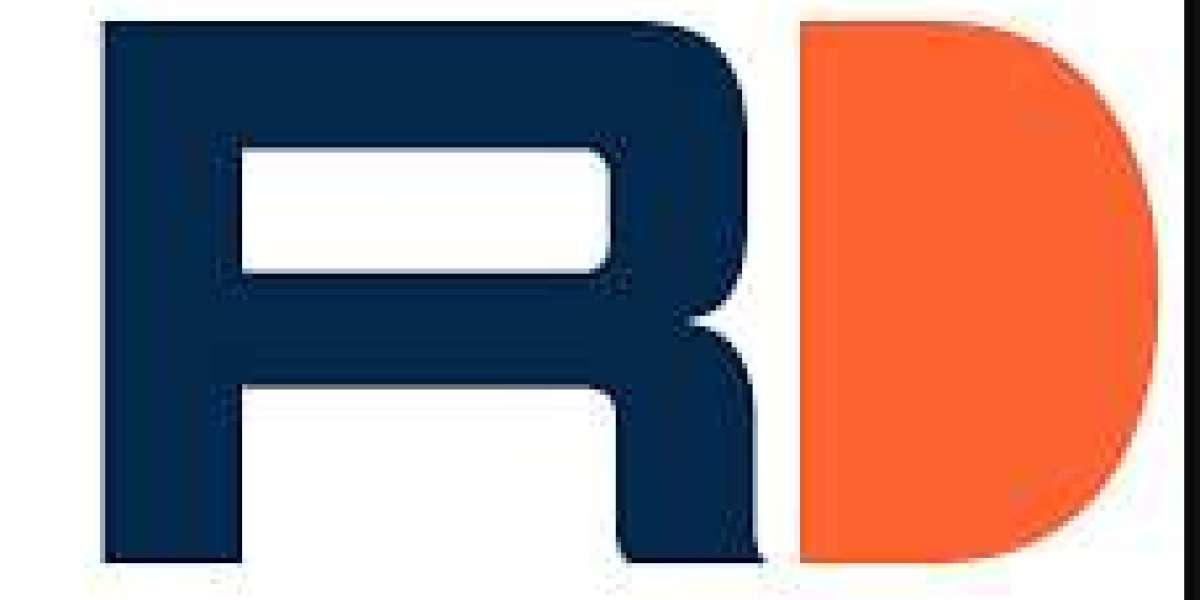In today's digital age, where businesses rely heavily on technology to operate, cybersecurity has become a paramount concern. The rise of cyber threats, data breaches, and malicious attacks has forced organizations to rethink their approach to security. Traditional security measures, while effective to some extent, are often costly to implement and maintain. This is where Security as a Service (SECaaS) comes into play. SECaaS offers a more flexible, scalable, and cost-effective solution to cybersecurity, making it accessible to businesses of all sizes.
The global security as a service market size stood at a value of around USD 18.25 billion in 2023. The market is further expected to grow in the forecast period of 2024-2032 at a CAGR of 18.50% to reach USD 84.35 billion by 2032. This significant growth reflects the increasing adoption of SECaaS by businesses worldwide.
Conceptual Origins of SECaaS
The concept of SECaaS can be traced back to the early days of the internet, where businesses first began to recognize the need for robust cybersecurity measures. However, traditional security solutions, such as on-premises firewalls and antivirus software, were often expensive and difficult to manage. This created a gap in the market for a more accessible and efficient solution to cybersecurity.
Emergence of SECaaS in the Market
The emergence of cloud computing technology revolutionized the way businesses approached IT infrastructure, including cybersecurity. Cloud-based security solutions offered a more cost-effective and flexible alternative to traditional on-premises solutions. Pioneering companies recognized this opportunity and began offering SECaaS solutions, allowing businesses to outsource their security needs to third-party providers.
Key Milestones in the Development of SECaaS
Over the years, SECaaS has undergone significant development, driven by technological advancements and evolving cybersecurity threats. One key milestone was the development of advanced threat detection and response capabilities. These capabilities enabled SECaaS providers to offer real-time protection against sophisticated cyber threats, such as malware, ransomware, and phishing attacks.
Another milestone was the integration of artificial intelligence (AI) and machine learning (ML) algorithms into SECaaS solutions. These technologies allowed SECaaS providers to analyze vast amounts of data to identify patterns and anomalies indicative of potential security threats. By leveraging AI and ML, SECaaS solutions can adapt to new threats and vulnerabilities more effectively, providing businesses with proactive protection against emerging cyber threats.
Benefits of SECaaS
One of the primary benefits of SECaaS is its cost-effectiveness compared to traditional security measures. By outsourcing their security needs to a third-party provider, businesses can avoid the upfront costs associated with purchasing and implementing on-premises security infrastructure. Additionally, SECaaS providers often offer subscription-based pricing models, allowing businesses to pay only for the services they need, when they need them.
Scalability and flexibility are also key benefits of SECaaS. Unlike traditional security measures, which may require significant time and resources to scale, SECaaS solutions can be easily adjusted to meet the changing needs of businesses. Whether a business is experiencing rapid growth or downsizing, SECaaS can adapt to accommodate fluctuations in demand.
Another benefit of SECaaS is access to advanced security tools and expertise. SECaaS providers invest heavily in research and development to stay ahead of evolving cyber threats. This allows businesses to benefit from the latest advancements in cybersecurity technology without having to invest in expensive hardware or software.
Challenges and Concerns
Despite its many benefits, SECaaS is not without its challenges and concerns. One major concern is data privacy and security. By entrusting their sensitive information to a third-party provider, businesses run the risk of exposing themselves to potential data breaches or security vulnerabilities. To mitigate this risk, businesses must carefully vet SECaaS providers and ensure they have robust security measures in place to protect their data.
Integration with existing security infrastructure can also be challenging. Many businesses already have established security measures in place, such as firewalls, antivirus software, and intrusion detection systems. Integrating SECaaS solutions with these existing systems can be complex and time-consuming, requiring careful planning and coordination.
SECaaS as an Industry Standard
Despite these challenges, SECaaS has emerged as an industry standard for cybersecurity, with an increasing number of businesses adopting SECaaS solutions to protect their digital assets. This widespread adoption can be attributed to several factors, including the growing complexity of cyber threats, the increasing reliance on cloud-based technologies, and the need for cost-effective security solutions.
Looking ahead, the future of SECaaS looks promising. As businesses continue to embrace digital transformation and adopt cloud-based technologies, the demand for SECaaS is expected to grow exponentially. Additionally, advancements in technology, such as AI and ML, will further enhance the effectiveness of SECaaS solutions, providing businesses with even greater protection against cyber threats.
Case Studies
Several case studies highlight the effectiveness of SECaaS in enhancing cybersecurity posture and operations. For example, Company X, a small e-commerce business, was able to protect its website from cyber threats by implementing SECaaS solutions. By outsourcing their security needs to a third-party provider, Company X was able to focus on growing their business while leaving the cybersecurity responsibilities to the experts.
Click here to checkout our other reports:- https://www.expertmarketresearch.com.au/







